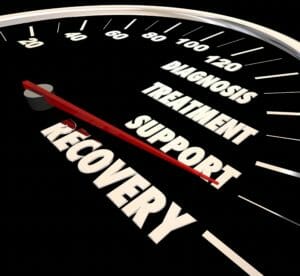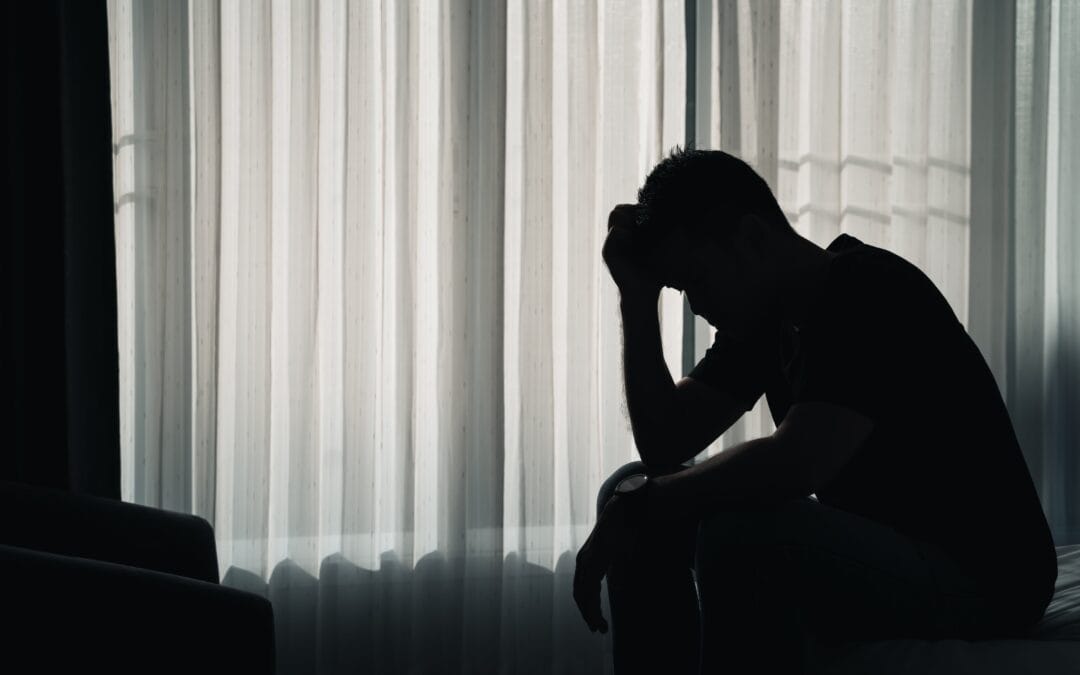How Long is Drug Rehab?
 Drug rehab (rehabilitation) refers to the medical and psychotherapeutic treatments used to facilitate recovery from a substance use disorder (SUD). A SUD may be diagnosed when a person’s use of alcohol or drugs negatively affects work, school, personal relationships, or health. It is also characterized by an inability to stop using the substance even in light of negative consequences.
Drug rehab (rehabilitation) refers to the medical and psychotherapeutic treatments used to facilitate recovery from a substance use disorder (SUD). A SUD may be diagnosed when a person’s use of alcohol or drugs negatively affects work, school, personal relationships, or health. It is also characterized by an inability to stop using the substance even in light of negative consequences.
Rehab may take place in a residential treatment center or on an outpatient basis. Many successful recovery programs include both an inpatient and outpatient treatment component, as well as an aftercare program.
Each person entering drug rehab has unique needs, so the duration of rehab varies in order to meet those needs. It’s not uncommon for a person with a substance use disorder to also have one or more co-occurring mental disorders. To achieve recovery, all disorders must be addressed simultaneously, which may necessitate a longer treatment period.
How Long Does Treatment Last?
Detoxification
Some clients need to undergo medically supervised detoxification (detox) before the therapeutic program begins. Detox may be offered by the rehab facility, or it may need to take place before entering the rehab program.
When a person stops taking drugs the body begins to rid itself of toxins, a process that can result in varying degrees of withdrawal symptoms. In some situations, withdrawal symptoms are minimal, and medical detox is not necessary. But in other cases, withdrawal symptoms can be severe and even life-threatening, making medically supervised detox a necessity.
During the detox process, medical staff continuously monitors the patient as they administer medications, fluids, and take other measures to manage physical and mental withdrawal effects, and ensure patient safety.
The average time spent undergoing medical detoxification is 7-10 days. However, the time needed to clear the body of the addictive substance varies according to the drug used, the typical dose and frequency, and how long it has been used.
While detox is often the first stage of treatment, it does not address the behavioral changes necessary for long-term recovery. It’s important to follow detox with residential or outpatient treatment.
Residential treatment
Residential treatment facilities provide live-in rehab programs that typically last from 30 to 90 days or longer. The program is often comprised of
- individual, group, and family therapy
- medication-assisted treatment
- 12-step or other recovery support groups
- an aftercare program
Inpatient rehab provides 24-hour medical and emotional support.
Various therapeutic approaches help clients understand what has triggered their past addictive behavior and how to manage those triggers moving forward. Clients also work on strengthening communication skills, impulse control, and stress management techniques.
While many rehab facilities offer a variety of addiction services, some focus on specific drug addictions, or on a certain age group or gender.
Because residential programs typically last up to 90 days or longer, clients have the time and support they need to make lasting behavioral changes. For this reason, studies have found residential rehab programs to have the highest rate of long-term success.
Outpatient treatment
Less restrictive than residential treatment, outpatient rehab allows a person to live at home, attend work or school, and continue with their regular responsibilities. An outpatient treatment program may serve as the primary level of care for someone with a mild substance use disorder and a strong support system or may serve as a follow-up program after residential rehab.
Outpatient programs typically require clients to attend group and individual counseling for a few hours a week up to several hours a day and may continue for several months.
The National Institute on Drug Abuse (NIDA) suggests a treatment length of at least 90 days for both residential and outpatient programs, to achieve positive outcomes. According to the NIDA, treatment programs lasting significantly longer than 90 days have the greatest success rates.
Extended care rehab
For those with severe SUD, those who continue to relapse, or those without a strong support system, extended care in the form of a sober living facility or halfway house may be a good option.
Sober living programs provide a structured and supportive sober living environment to help residents strengthen the skills needed to achieve successful long-term recovery. These programs offer an affordable living option, with peer and staff support, as residents learn to transition back into an independent living situation.
Why Does Treatment Time Vary?
As mentioned above, each person who enters rehab is unique, bringing different physical, emotional, and psychological needs to the treatment program. Length of treatment times for individuals with severe substance use disorder, or those who have a co-occurring substance use disorder and mental illness, or an accompanying medical condition, may be longer than for those without co-occurring disorders or conditions.
Length of treatment may also be longer for those who need to strengthen skills in the areas of relapse prevention, stress management, communication, sober living, or who need help with return to work planning.
Midwest Recovery Centers’ Treatment Model
At Midwest Recovery Centers we have found our 2-phase treatment model and aftercare program to yield significantly positive long-term outcomes. Each phase of treatment is tailored to meet individual client needs and is monitored by the clinical staff. Clients are expected to engage in their treatment and personal 12-step recovery process throughout treatment.
Detox and Residential Treatment – First 30 days involves medical stabilization with 24/7 RN staff and assessments with our Medical Director to ensure the safest and most comfortable detoxification process. Individuals begin clinical services once they complete their detox protocol, and engage in groups ranging from CBT, DBT, Motivational Interviewing, Yoga, Meditation as well as Art and Music therapy groups.
- Phase I – admission through approximately the first 60 days of PHP programming and structured housing after the initial 30-day Detox and Residential treatment. Includes individual and group therapy, daily 12-step meeting, staff-supervised events, projects, and outings.
- Phase II – up to about a year after completion of phase I. This phase is less structured and client privileges are increased, as clients prepare to transition back into society.
Aftercare – helps reinforce the principles and behaviors that have been learned during rehab to help prevent relapse as the client adapts and flourishes in their new sober lifestyle.
Family participation is encouraged during the recovery process, and families are also invited to attend family support group meetings.
At Midwest Recovery Centers, we are guided by our dedication, integrity, and the belief that the disease of addiction is a treatable disease, and the persons suffering from it can recover and find a new way of life.
Contact us today for more information.
Reviewed and Assessed by
Taylor Brown, B.A.Com., MAADC II
Tim Coleman, M. of Ed.




